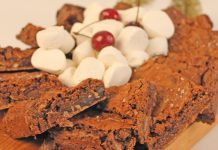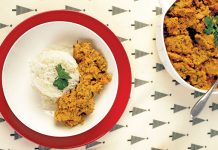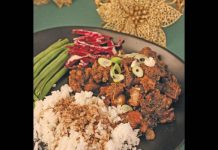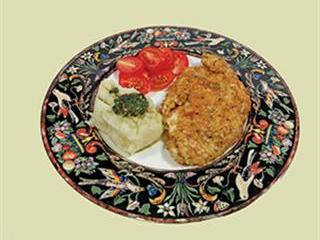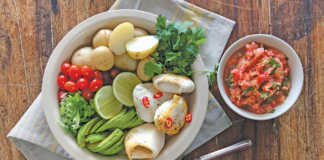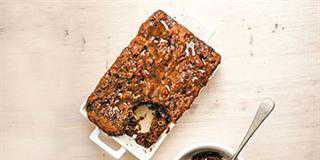
To make a generous serving of caramelised onions, you will need:
- Standard version
- 500g onions
- 45g butter
- 1g (or a generous pinch) brown sugar
- Salt and black pepper to taste
Advanced version
- 1,5kg onions
- 5 cloves garlic
- 10g fresh thyme
- 230ml fruity white wine
- 25ml extra virgin olive oil
- 20g butter
- Salt and black pepper to taste
For the hardened sceptics who read this column, the question is this: why are we going to all this trouble?
There are two powerful reasons: appearance and flavour. Golden-coloured caramelised onions add umami – the fifth flavour – to food, right in front of salt, sweet, bitter and sour. Of course, if you’re not careful, you may simply end up with burnt onions, a profoundly unwanted taste experience. For this alchemical event, you need only full consciousness and a large, heavy-based frying pan. The standard version needs no elaboration other than to warn against burning the butter, not to mention the onions. Let me restrict comment to the advanced version.
Peel and thinly slice the onions. Crush, peel and finely mince the garlic. Finely chop the fresh thyme. Combine the butter and olive oil and add them to the frying pan, bringing this up to medium heat on the hob. The butter is the major flavour donor to this recipe, while the olive oil – no slouch either when it comes to flavour – allows the cooking heat to increase without burning the butter. The wonders of science.
Moving on, add the sliced onions and chopped garlic and stir every couple of minutes for an hour. Unfortunately, this is not a misprint. Rome was not built in a day, the ceiling of the Sistine Chapel took four years to paint, and caramelised onions demand an entire hour.
The onions will reduce in volume and darken to a deep gold. At half time, cut the temperature to low and maintain the stirring protocol. When the hour has elapsed, pour in the cup of fruity or sweet white wine plus the finely chopped fresh thyme.
Continue with the stirring business until all or most of the liquid has evaporated, then season the caramelised onions with salt and freshly ground black pepper. Remove from the heat and drink a glass of the fruity white wine in celebration.
Now what? Now what indeed. Caramelised onions add a huge blast of flavour to grilled and roasted meats. The proletarian boerwors roll is transformed into fine dining by caramelised onions. So is a cheddar cheese sandwich. But that’s not all. You can enhance an enormous variety of cooked foods with this astounding addition.
A thin layer on top of a freshly made pizza, a couple of spoonfuls in a Levantine tabbouleh salad, a tablespoon on the side of bacon and eggs, the list is endless. Don’t quote me, but caramelised onions will change your life.


